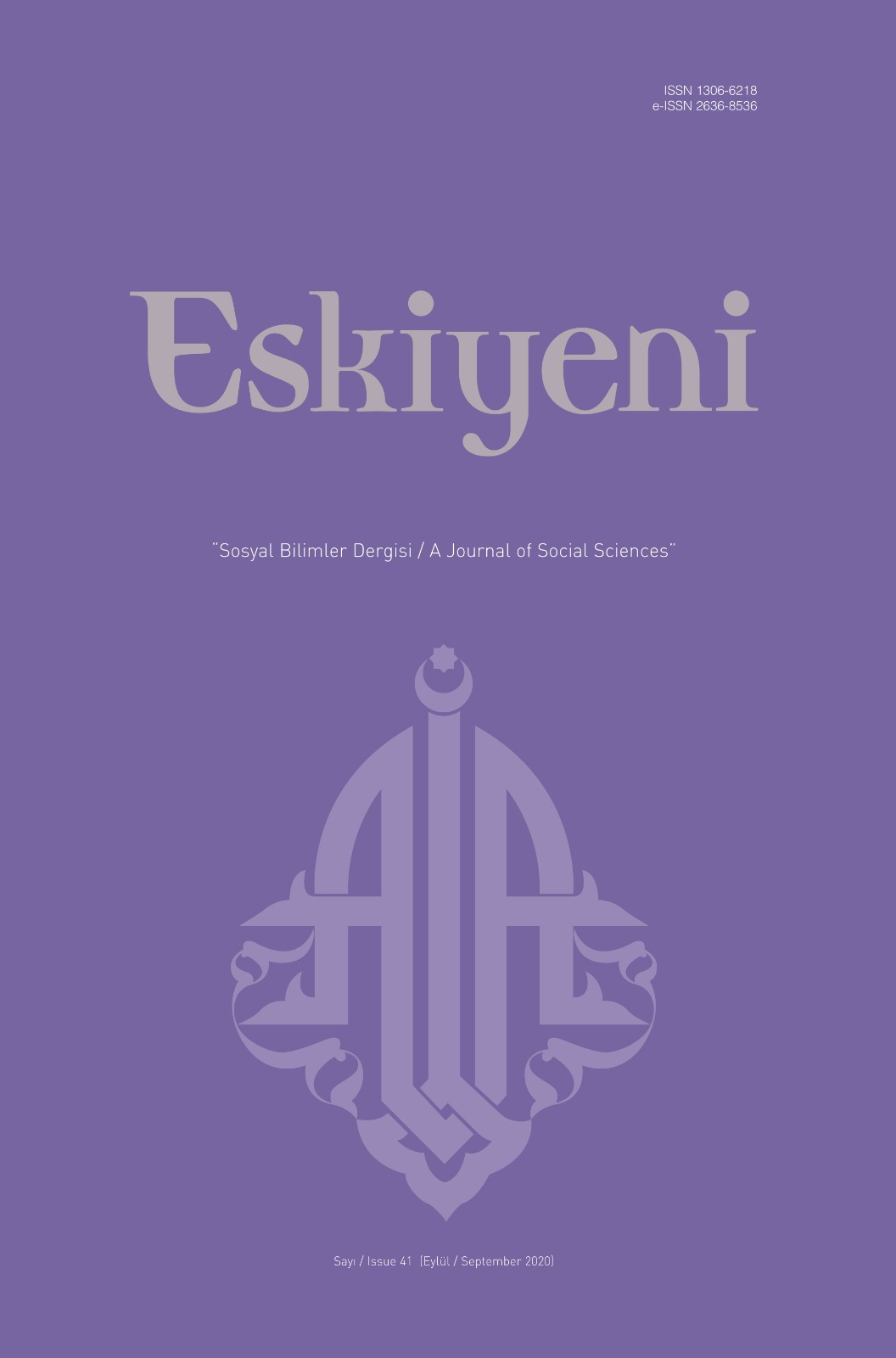Simgesel Bir Form Olarak Perspektiften Dinin Seküler İnşasına Mekânın Poetikası
Poetics of Space from Perspective as a Symbolic Form to Secular Construction of Religion
Author(s): İrfan Kaya, İrfan KayaSubject(s): Studies of Literature, Theology and Religion, Sociology of Religion
Published by: Anadolu İlahiyat Akademisi
Keywords: Sociology of Religion; Perspective; Space; City; Secular;
Summary/Abstract: The discovery of the artist-specific perspective with the joint efforts of Alberti and Brunelleschi in the 15th century has been a decisive step and a real milestone on the long path to modern methods applied in the concept of modern space and its imple-mentation. The idea of a perspective to seize the space by creating depth on a two-dimensional canvas stands between the view of the space, which is well established in collective and individual realities, and the displacement of the space in the fol-lowing modern era and regardless of the determining role of human perception in the organization of the space. While the unity of drama in Aristotle’s Poetics was the founding element that shaped the world of Western literature, perspective and Euclidean geometry were also determinant in the poetics of Western urban architecture. Such an effort to standardize everything has been a characteristic of Western thought since Ancient Greece. The western thought that embraced reaching certainty, obligation, and then universal is also consistent with the idea of mastery. Therefore, in such a thought that gives order and commends control, a poetics about space made it possible to build cities in garrison style, surrounded by walls and on a hierarchical system.The article examines the urban space poetics through the perspective as a symbolic form. In doing so, connections have been established between vision and perspective, perspective and space, space and modern religion. Therefore, in the first part of the study, the subject of perspective is addressed within the framework of the tense relationship between social life and forms. In the second part, although the perspective has emerged as a form, the will to organize different areas of life is opened to discussion. In the last part, criticism of the secular view of religion, whose borders are drawn in the urban space, which has disintegrated as a result of the regulation practice is addressed. Thus, beyond being only a technique in drawing and painting, perspective is regarded as an embodied practice of modern episteme in thought, vision, a city’s societal and religious space. This study is the product of an effort to understand the fundamental parameters of the modern episteme, on which modern life is built, and the motives with which it is formed. In this direction, as vision regimes that determine the understanding of space in the modern period Western city and architecture, connections between perspective, camera obscura, and the panoptic system that shapes a modern society with a model are traced. As the subject of the research is architecture and urban structure, the style and method of the article are inevitably deconstruction.The invention of painting, which is called perspective, has revolutionized the history of vision. When the view is considered the referee of art, the world becomes a pain-ting as Heidegger states. The view that an audience turns into the world is presented for the first time through perspective. Therefore, it is ensured that the audience reaches a privileged position by putting the viewer in front of the painting with the perspective for taking the space over. In short, the humanist spirit of the Renaissance was breathed into perspective. The fixed perspective of maps and images based on perspective is glorified and distant; and a universal eye concept that is the same everywhere remains the same everywhere, homogenizes, is essential. Perspectivism and mathematical cartography do this through an abstract, homogeneous, and universal understanding of space as a fixed and knowable framework of thought and action. The parceling of the space with a holistic perspective due to maps has made the intervention open by separating social life as public space and private space. The characterization of the public sphere with rationality after Kant was effective in pulling the religion, which started to be used as a counterpart to the belief of “the inner world of man”, from the public sphere. The efforts of important public figures such as John Locke to isolate the beliefs about God in a private area led to the confinement of religion in certain places. In other words, religion is included in the social life of the city through the policy of exclusion. Yet, it is the politics of exclusion that draws the boundaries of the city and the urban social life, and thus making it possible for the establishment of these. Those who are excluded create the identity of the modern city. It needs this “outside” to create its unique, pure identity. While religion is left out of public life, it also determines the boundary of public space. The fragmentation of the urban space in the form of a center-environment led to the perception of things “belonging to the outside world such as life, freedom, health, wealth, land, money” as intervenable for the public interests as secular spaces, and the religion to create an “inner world, separate from secular and protected from political authority.”. Therefore, the increased visibility of religion in public space is perceived as the occupation of the secular space. Thus, the imprisonment of religion in a certain place has become indispensable for the control of religion.
Journal: Eskiyeni
- Issue Year: 2020
- Issue No: 41
- Page Range: 491-513
- Page Count: 23
- Language: Turkish

